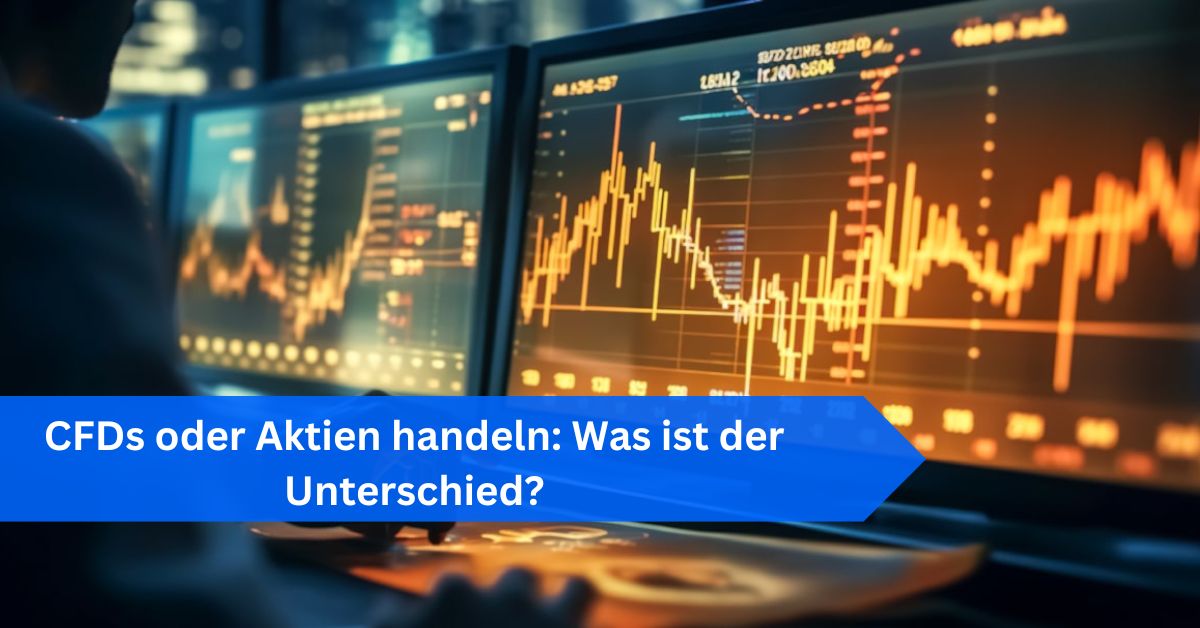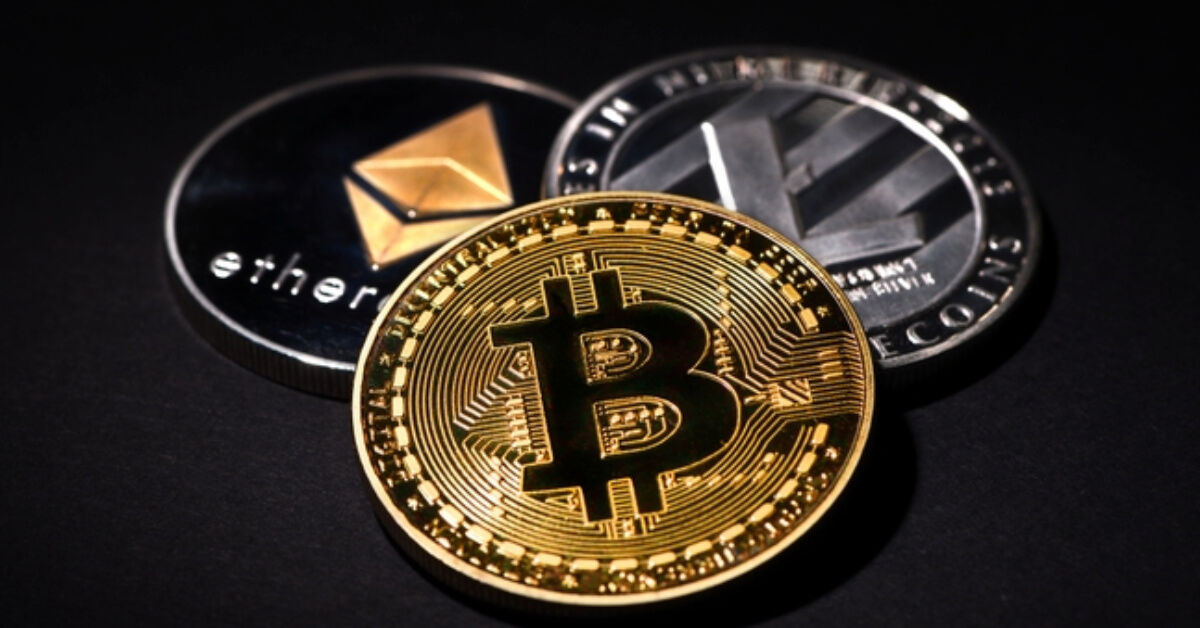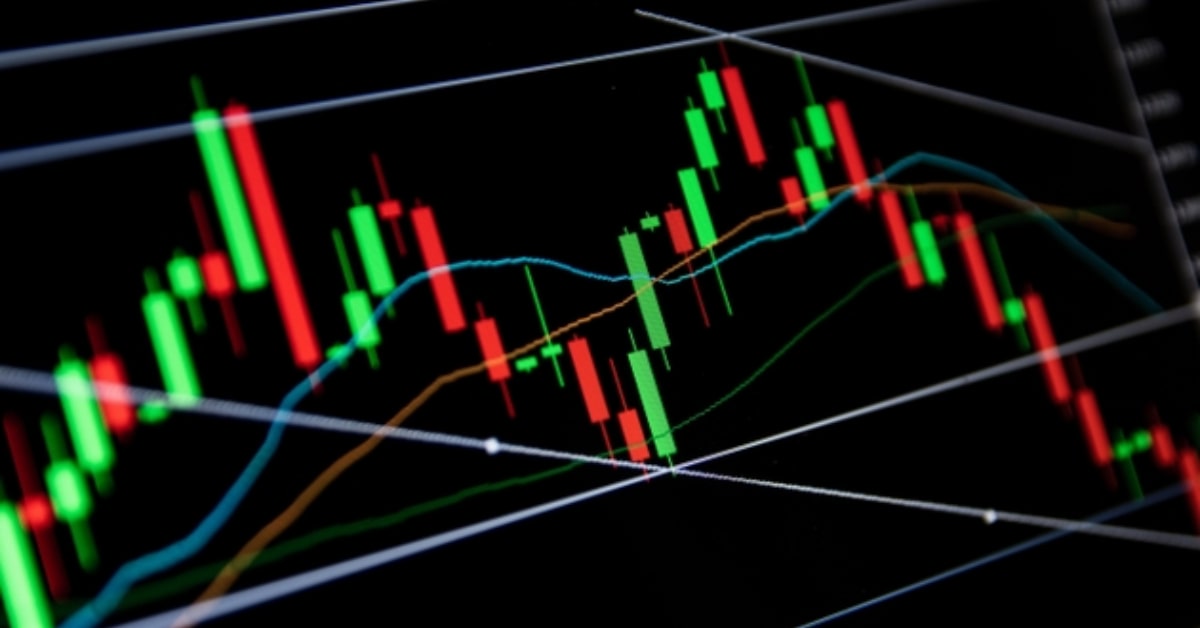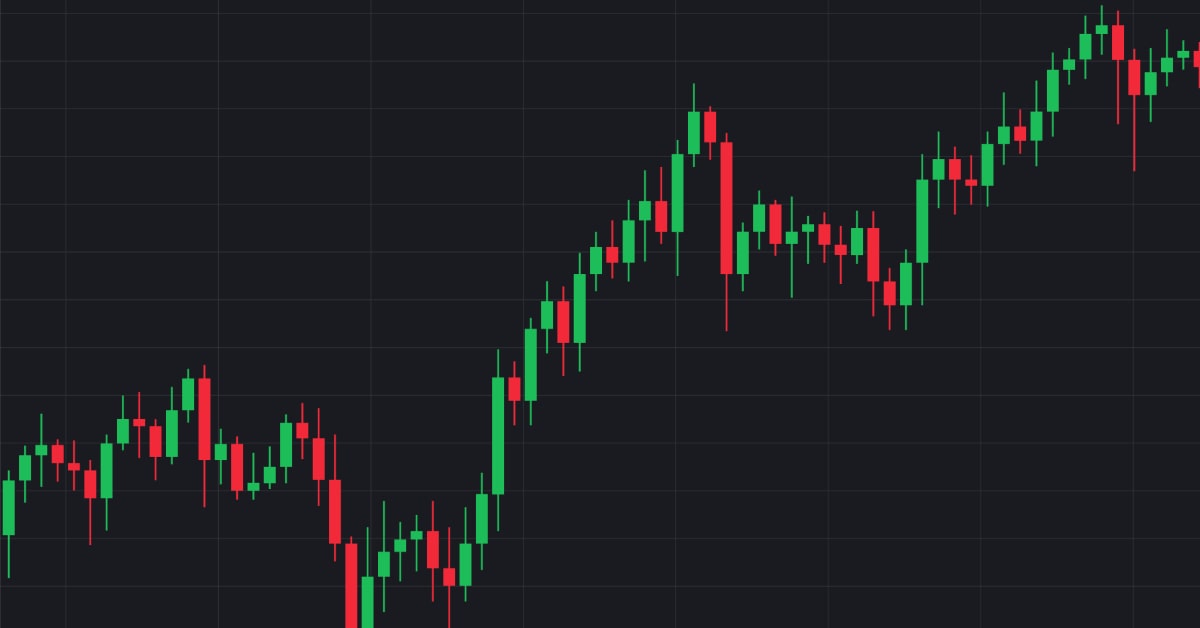Trading lernen
Bei Pepperstone sind wir bestrebt, unseren Kunden den bestmöglichen Service zu bieten und sie mit einer Reihe von Weiterbildungsressourcen, exklusiven Einblicken und fortschrittlichen Trading-Tools zu unterstützen.

Trading von A bis Z
Egal, ob Sie gerade erst mit dem Handel starten oder Ihr Wissen vertiefen möchten – hier gibt’s alles, was Sie brauchen! Von den Basics bis hin zu cleveren Profi-Strategien, die Sie auf Ihrem Weg begleiten.
Bereit, besser zu handeln?
Wechseln Sie jetzt zu Pepperstone und werden Sie Teil unserer globalen Gemeinschaft von über 620.000 Tradern. ³ Registrieren Sie sich in wenigen Minuten mit unserem einfachen Anmeldeprozess.
1
Registrieren
Melden Sie sich mit Ihrer E-Mail-Adresse an und erhalten Sie eine kostenlose Demoversion.
2
Beantworten Sie einige Fragen
Wir prüfen, ob unsere Produkte für Sie geeignet sind.
3
Verifizieren Sie Ihre Identität
Ihre Sicherheit hat für uns oberste Priorität.
4
Kontoeinzahlung
Das war's! Sie sind bereit zu handeln.










.png)

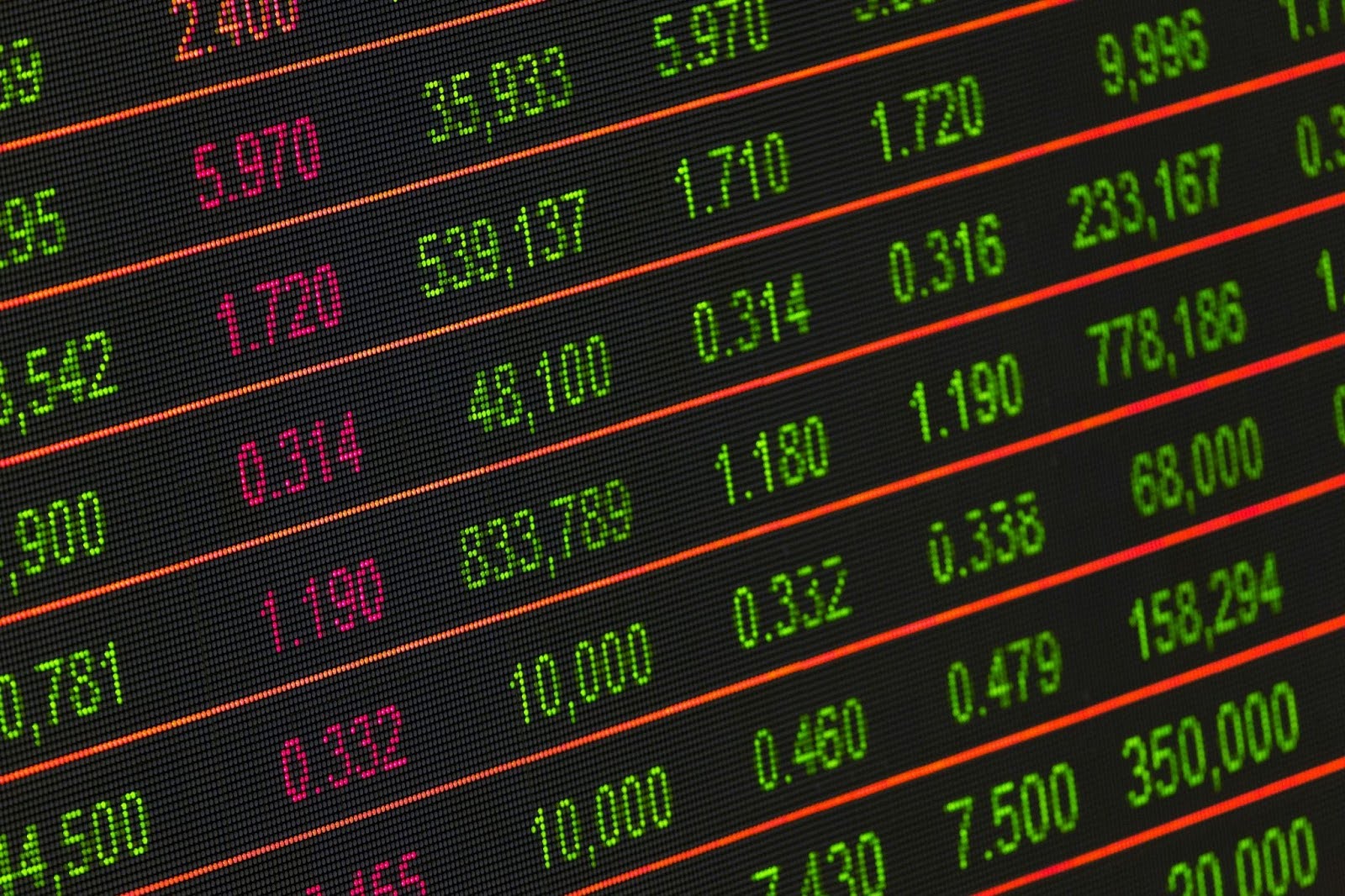


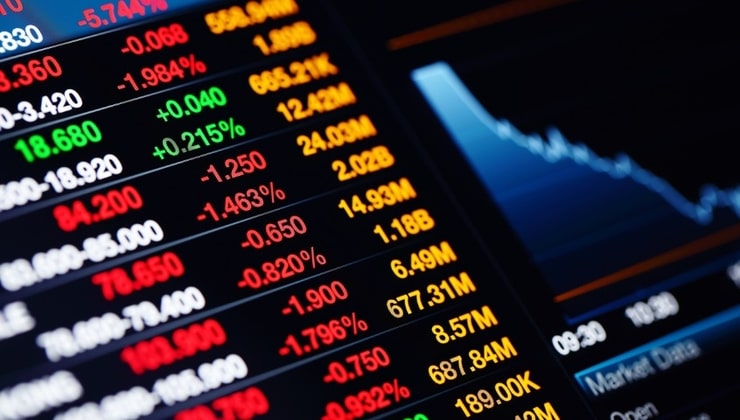












.png)
